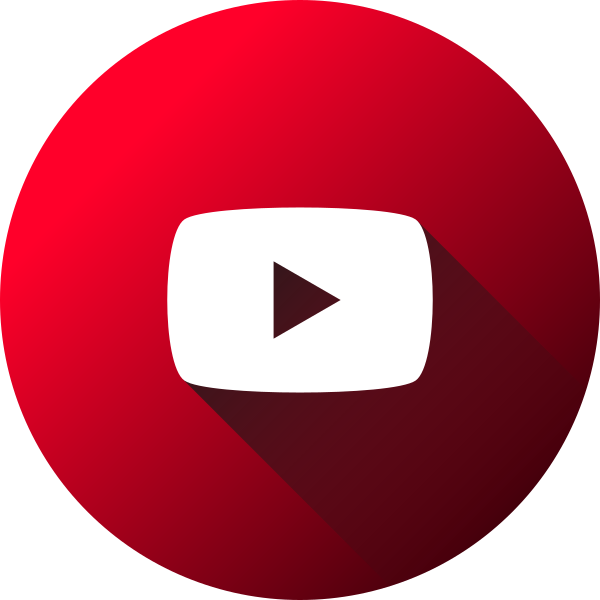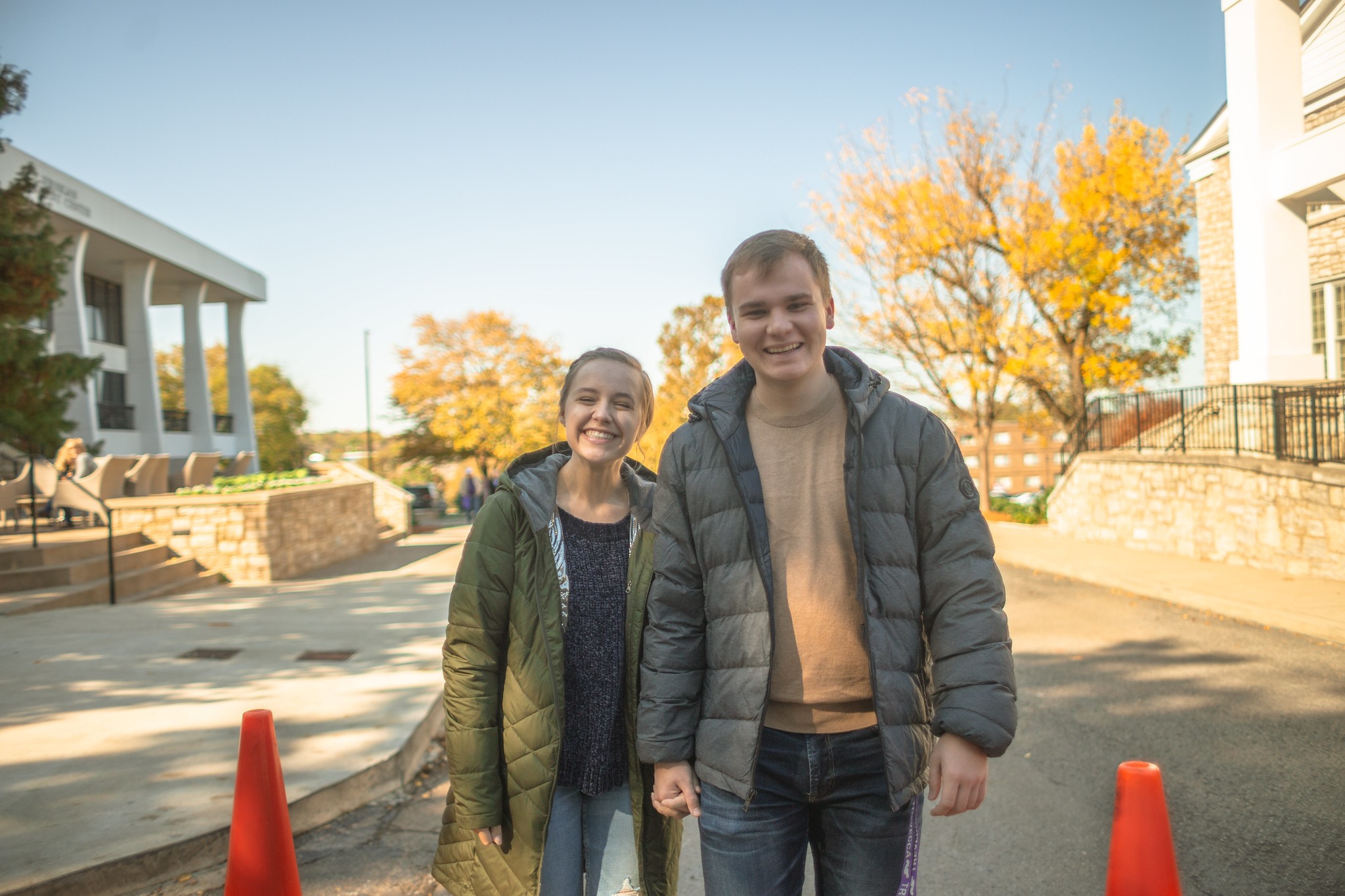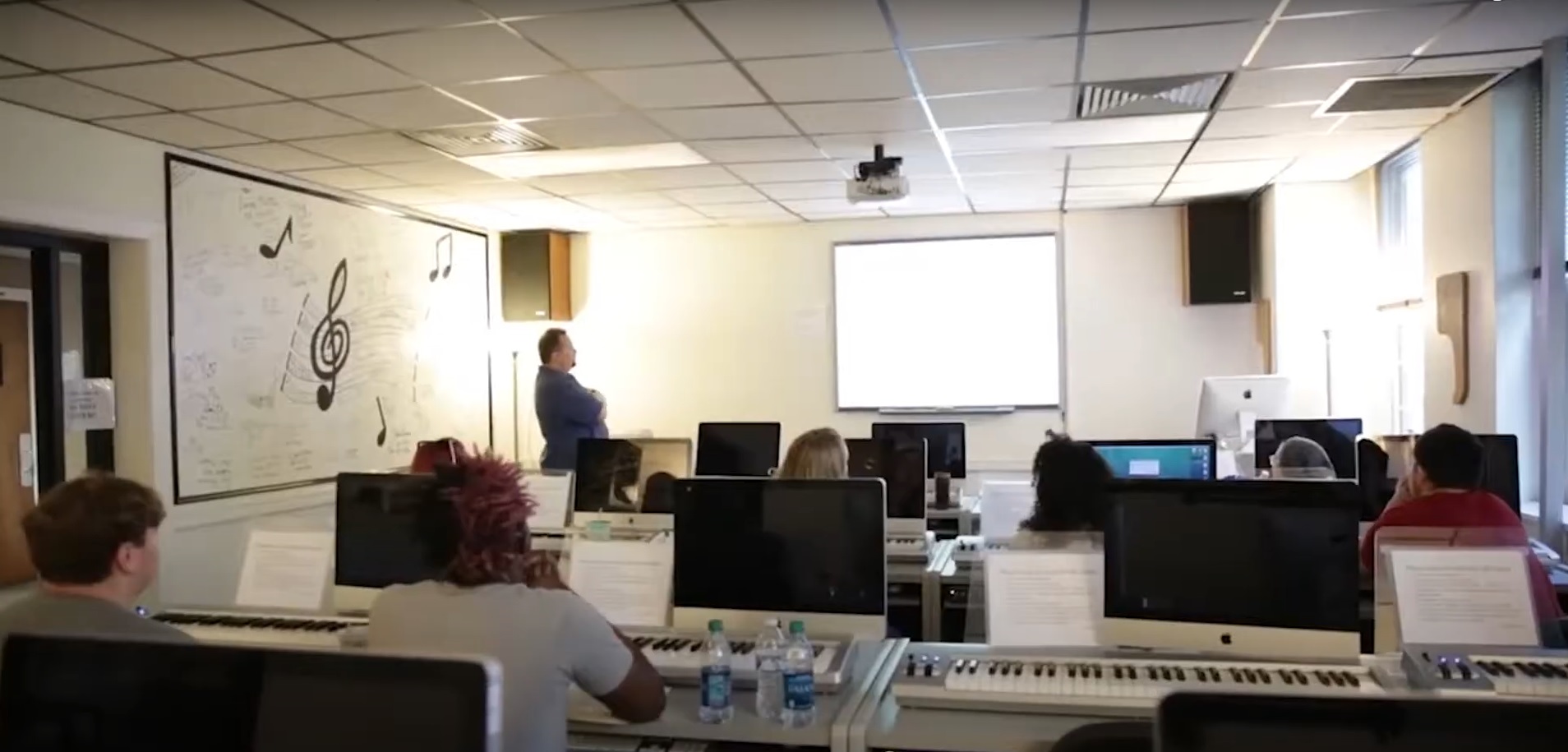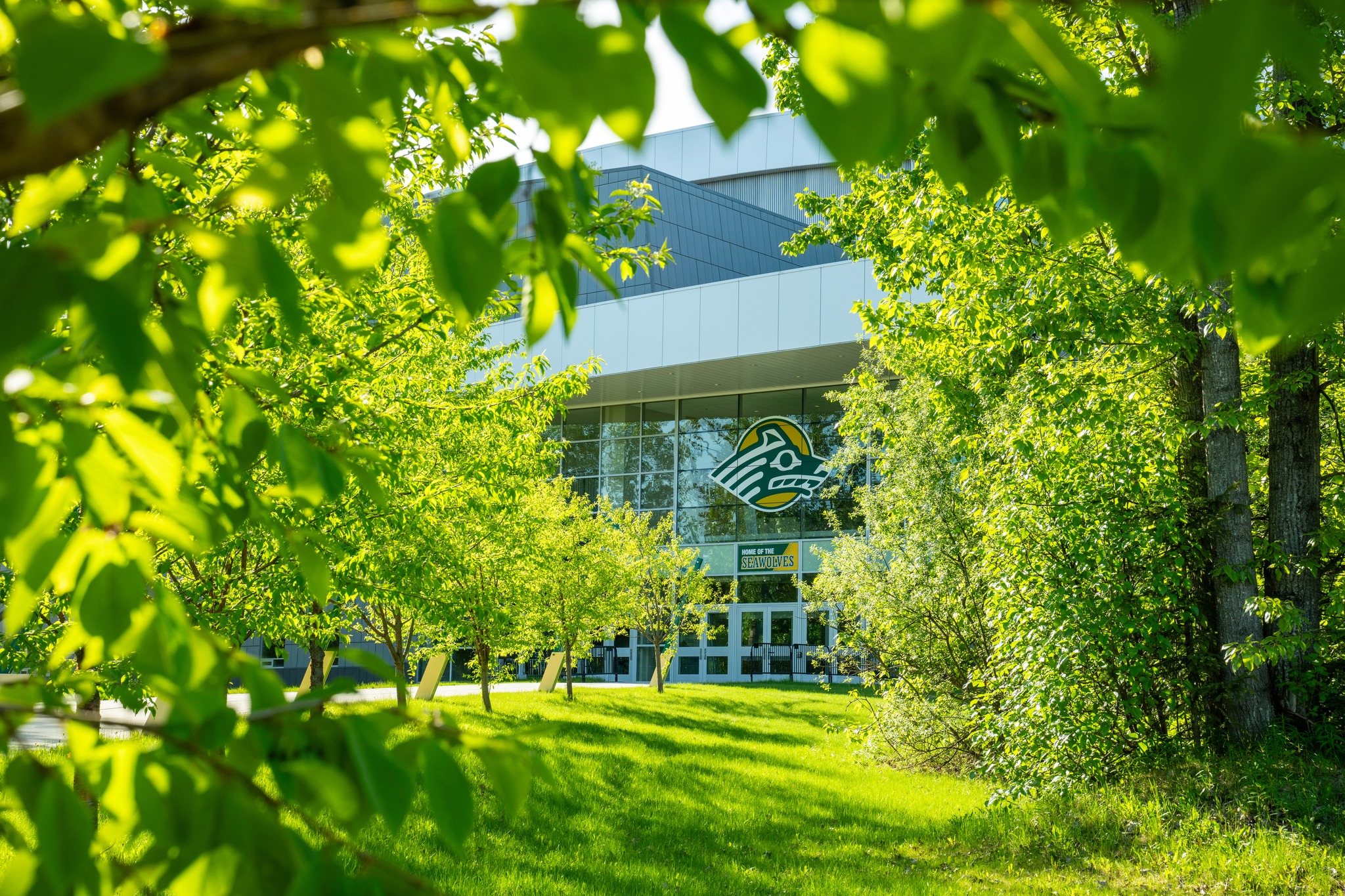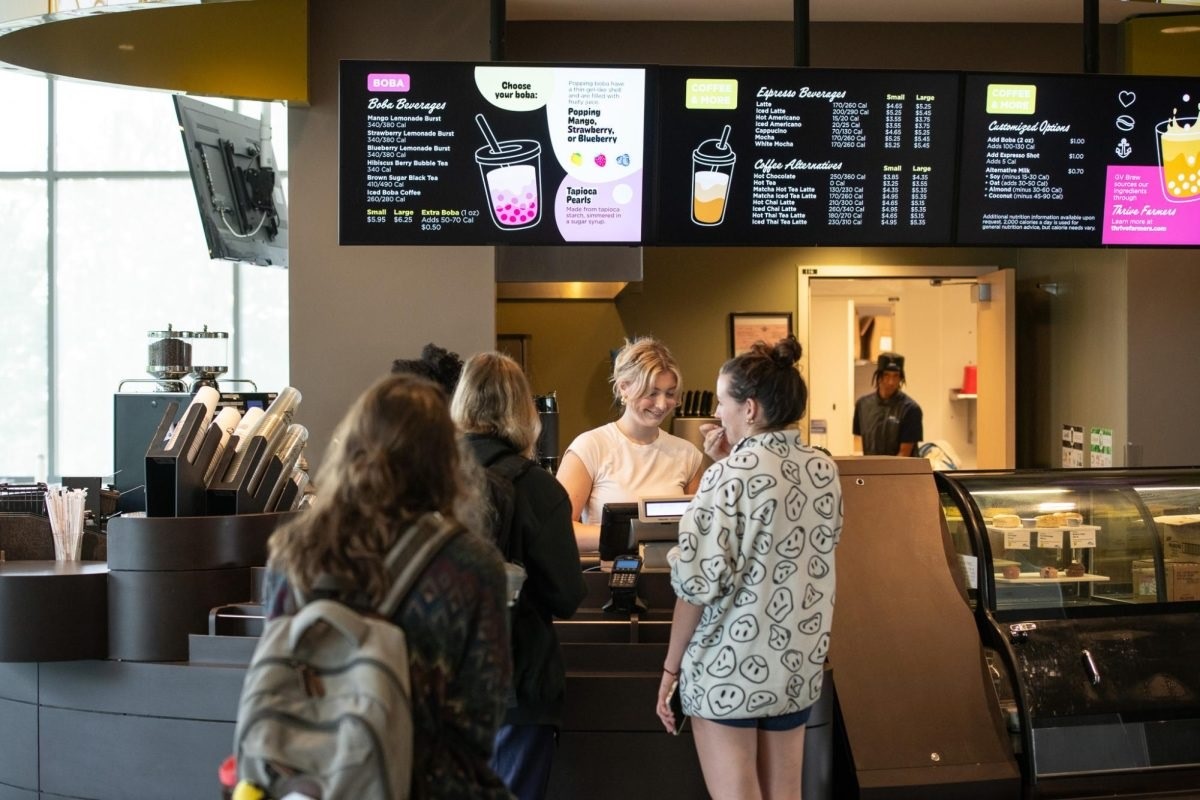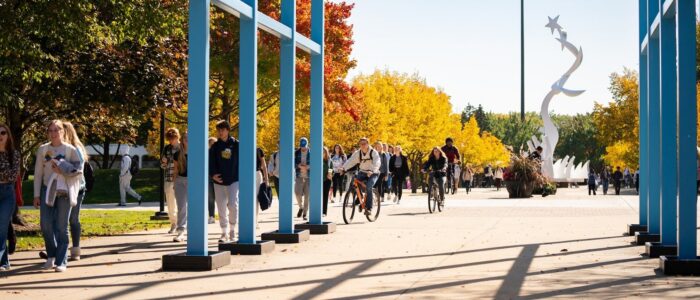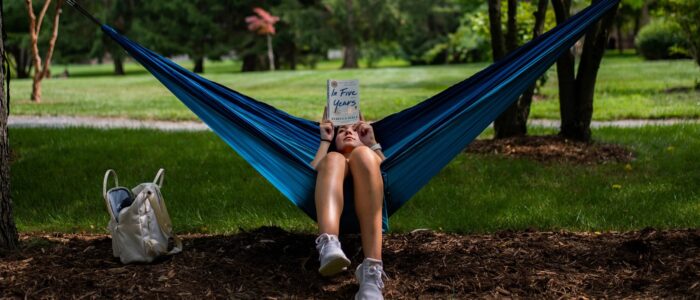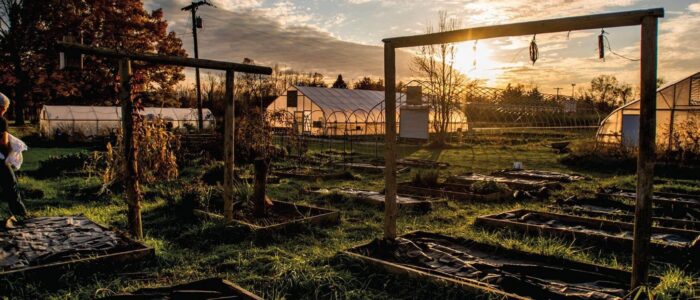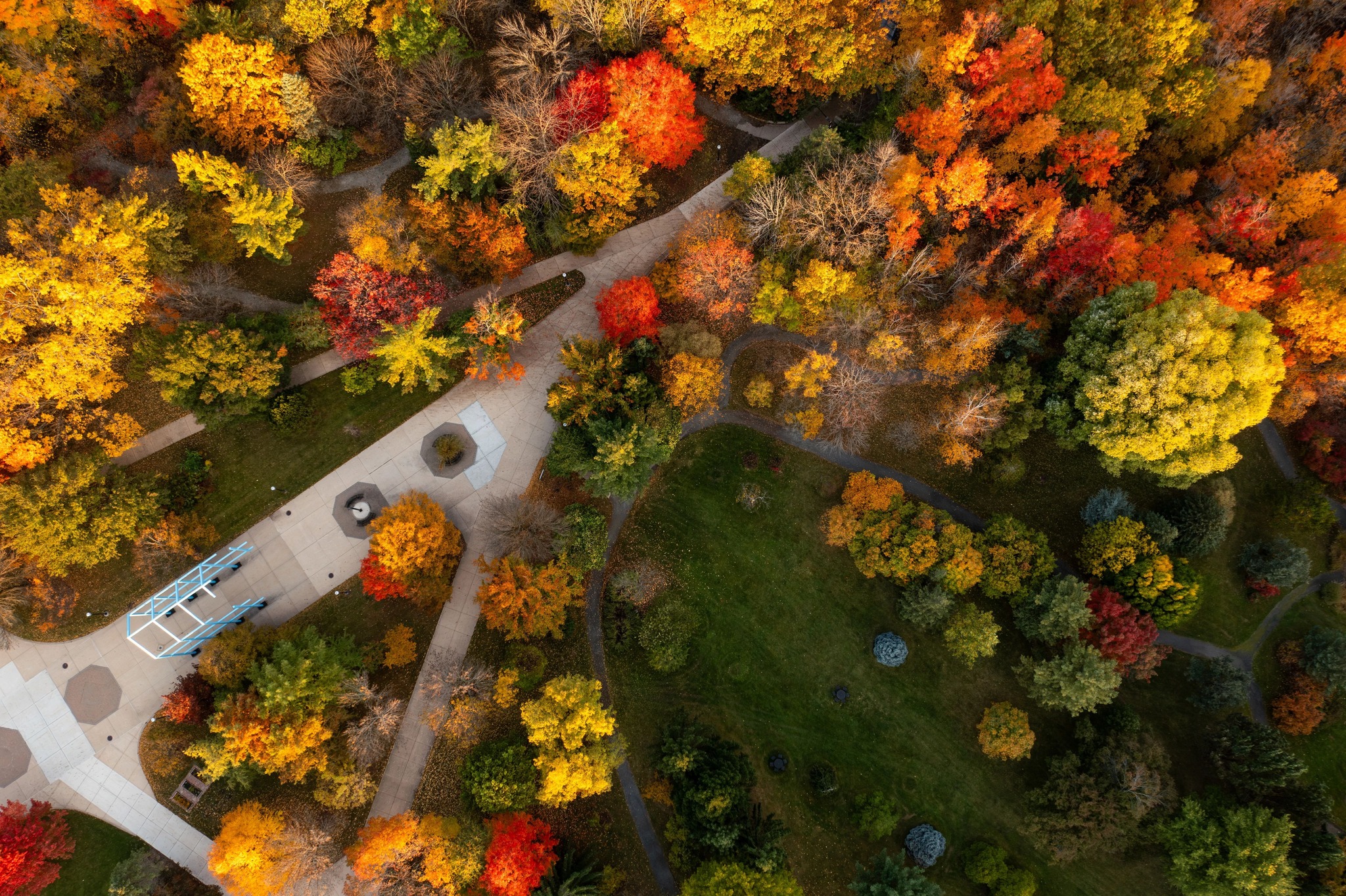Zaha Hadid Architects | Standards Austria | International Commission on Illumination
Wiener Melange is a classic Viennese coffee specialty originating in 19th-century. The traditional standard consists of a shot of espresso or strong black coffee (often Mokka) mixed with steamed milk in equal parts, topped with a generous dollop of frothy milk foam. Unlike a cappuccino, it skips cocoa dusting and emphasizes a velvety texture.
Sugar is optional, served on the side. Frequently paired with Apfelstrudel and a glass of water.
Die Universität Wien verabschiedet sich von X/Twitter. 👋
Für Updates aus der Welt der Universität Wien folgt uns auf unseren Social Media-Channels auf Bluesky, Instagram, LinkedIn, YouTube & Co.! 🏛 👨🔬👩🔬 #univie pic.twitter.com/zSdMF8L1Wt— Universität Wien (@univienna) November 25, 2024




